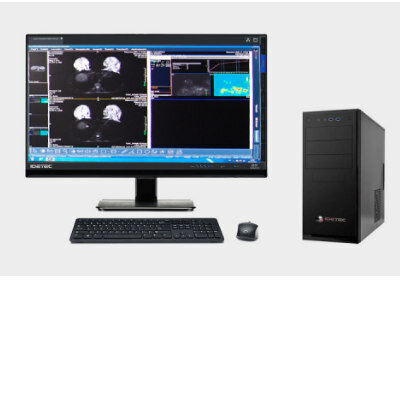Adverse Cardiac Events Are Rare After Negative Cardiac CTA Test
By MedImaging International staff writers
Posted on 20 Oct 2010
Adverse cardiac events are uncommon one year after patients are admitted to the emergency room with low-to-moderate risk chest pain and are discharged due to a negative cardiac computed tomography angiogram (CTA), according to new research.Posted on 20 Oct 2010
Cardiac CTA is a noninvasive heart-imaging imaging modality that determines whether fatty deposits or calcium deposits have built up in the coronary arteries that supply blood to the heart muscle. Earlier discharge of patients with low-to-moderate risk chest pain after negative initial testing and a cardiac CTA scan without significant coronary artery disease (CAD) may result in considerable savings in both cost and time in the emergency department, and may help alleviate emergency department congestion. With increasing awareness of such cost and time savings, emergency department practice is gradually leading toward the use of early cardiac CTA in some centers.
The study, performed at the University of Washington School of Medicine (Seattle, WA, USA), included 70 patients with negative cardiac CTA results who were interviewed in detail at 3, 6, and 12 months about intervening cardiac events, diagnostic testing and therapy.
"No patient reported any sign, symptom, finding, or subsequent diagnosis suggestive of an adverse cardiac event, nor was there any such suggestion in the electronic medical record,” said William P. Shuman, M.D., lead author of the study. "For earlier discharge based, in part, on negative cardiac CTA results to be clinically efficacious, it must be a safe practice with few subsequent adverse cardiac events. Our study shows that for patients with low-to-moderate risk chest pain evaluated in the emergency department, adverse cardiac events may be rare during the year after a negative cardiac CTA scan,” he concluded.
This study appears in the October 2010 issue of the American Journal of Roentgenology (AJR).
Related Links:
University of Washington School of Medicine














